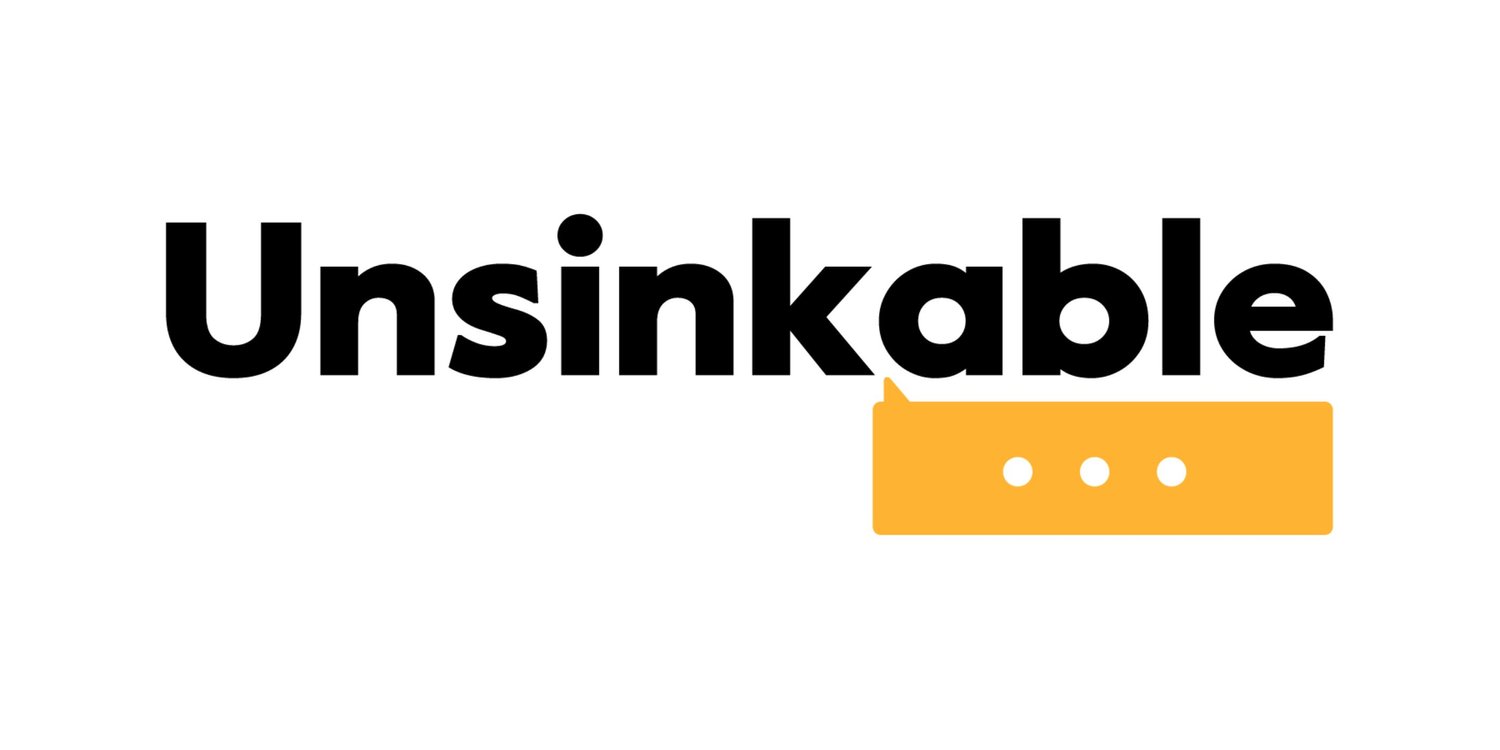The Most Terrifying Mental Health Experience of my Life
About the author -
Mark struggled with a bunch of mental illness diagnoses and now helps people around the world make changes in their lives to build better mental health. He shares videos on recovery skills at youtube.com/everybodyhasabrain and he published a book through Penguin this September called YOU ARE NOT A ROCK. It’s all about learning how to handle thoughts and emotions like a human (not a rock).
When I struggled with my mental health, I had to handle a head full of nasty, violent, intrusive thoughts. It was such a standard part of my life that I didn’t even mention the obsessions as symptoms when I finally went to get help for depression.
I was no longer picking up knives because when I did, I’d see other people getting stabbed or feel my own fingers sliced off. Walking upstairs would make my jaw ache because I’d feel my teeth getting smashed in on the steps. I wouldn’t walk past the elementary school near my place because I’d see kids falling and cracking their heads open.
And that’s only a tiny glimpse of what was going on in my head back then. I was at the point where I was increasingly separated from reality. I could lose entire days on compulsions as I tried to fight and control anxiety or whatever uncertainty my brain happened to throw at me that week. This was stuff that I’d always struggled with, progressively investing increasing amounts of time and energy into compulsions as the years went by, not realizing that the more I did to control the stuff in my head, the worse I was making it, and the deeper I was sinking myself into it.
But as distressing as it was to slowly be drowning in mental illness, nothing prepared me for the most terrifying mental health experience of my life: the day I wasn’t anxious anymore.
You might think that not experiencing anxiety sounds great but I’d only ever known how to be happy by managing and controlling the unwanted thoughts and feelings my brain threw up at me. Some of my earliest memories are of obsessing for weeks about terrible things I thought I might’ve done. I’d built my life around fear and anxiety. As much as I hated the prison of mental illness, I loved the compulsions that kept me trapped in it. I knew of no other way to live. I only knew how to find happiness by exchanging it for pain.
And so it was. Having discovered the junk in my head was not so healthy, and that it is not, apparently, useful to stand in front of your stove and watch it to make sure it doesn’t spontaneously combust, I luckily landed in front of a great therapist. After several months of working together, doing intense work to cut out compulsions that had always been in my life, things were progressing well. So well, that one beautiful morning in Vancouver, sunlight streaming down through the trees, this green glow all around me, I remember walking to school along the path behind my apartment and I noticed I wasn’t anxious. I had nothing to check or control, nothing to be ashamed of or feel guilty or worry about when I saw people later at school. I was free.
It was a completely unfamiliar feeling. I melted in a panicked puddle of anxiety.
The freedom I’d never known was so much scarier than the well-worn prison I knew so well. So I relapsed. On purpose.
Now that I work with people and organizations all over the world as they navigate big changes, I’ve seen that this challenge I ran into isn’t unique. We so often get hooked on using problems to motivate us and fuel our actions. By doing so, we construct the engines of our lives to depend on the very problems we hate.
Successfully making a change requires us to do much more than address a few symptoms we dislike. We need to rip that engine apart and design an entirely new one that runs on a fuel we actually want to keep in our lives. If we don’t change the fuel and all the dependent systems around it, then it’s only natural that we keep struggling and stumbling into the same problems.
Understanding that I needed a new engine to take me forward into a life that didn’t rely on anxiety was all about making a switch from living my life as a reaction to thoughts and feelings I didn’t like, to instead living my life proactively around values that guide how I build and create while having thoughts and feelings.
Making that switch was key for building a lasting recovery from mental illness. It opened up so many possibilities beyond just trying to manage my brain or control mental illness. It’s about emotional fitness, pursuing challenging goals, and seeing how far I can stretch my limits in service of doing what I love in life.
When living is about building community while experiencing any thoughts, or pursuing goals while carrying any uncertainties, or caring for myself unreasonably simply because I exist, then I have a practice I can take with me into the future – a practice that equips me to handle whatever my brain or the world vomits up.
I don’t struggle with any of the issues I had in the past. And I’m not scared of freedom anymore. Wherever you’re at with your brain right now, know that it’s entirely possible to recover your mental health and leave that struggle behind. Do you have fuel for your engine that empowers you to one day leave the mental health issues behind, or are you still using fuel that requires you coming back again and again to your problems for a fill-up?
Unsinkable Storytelling Author:


